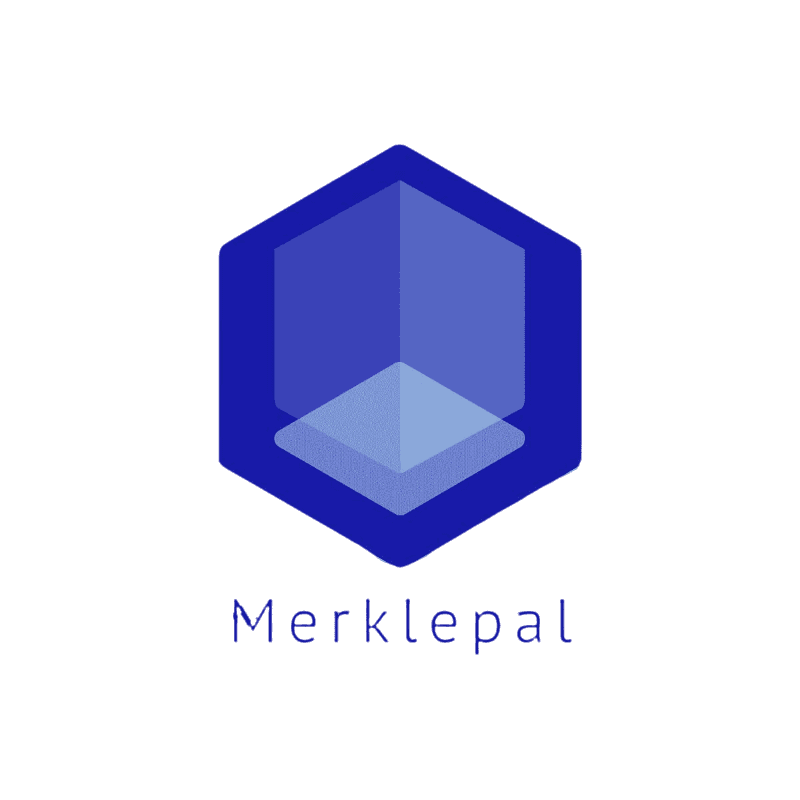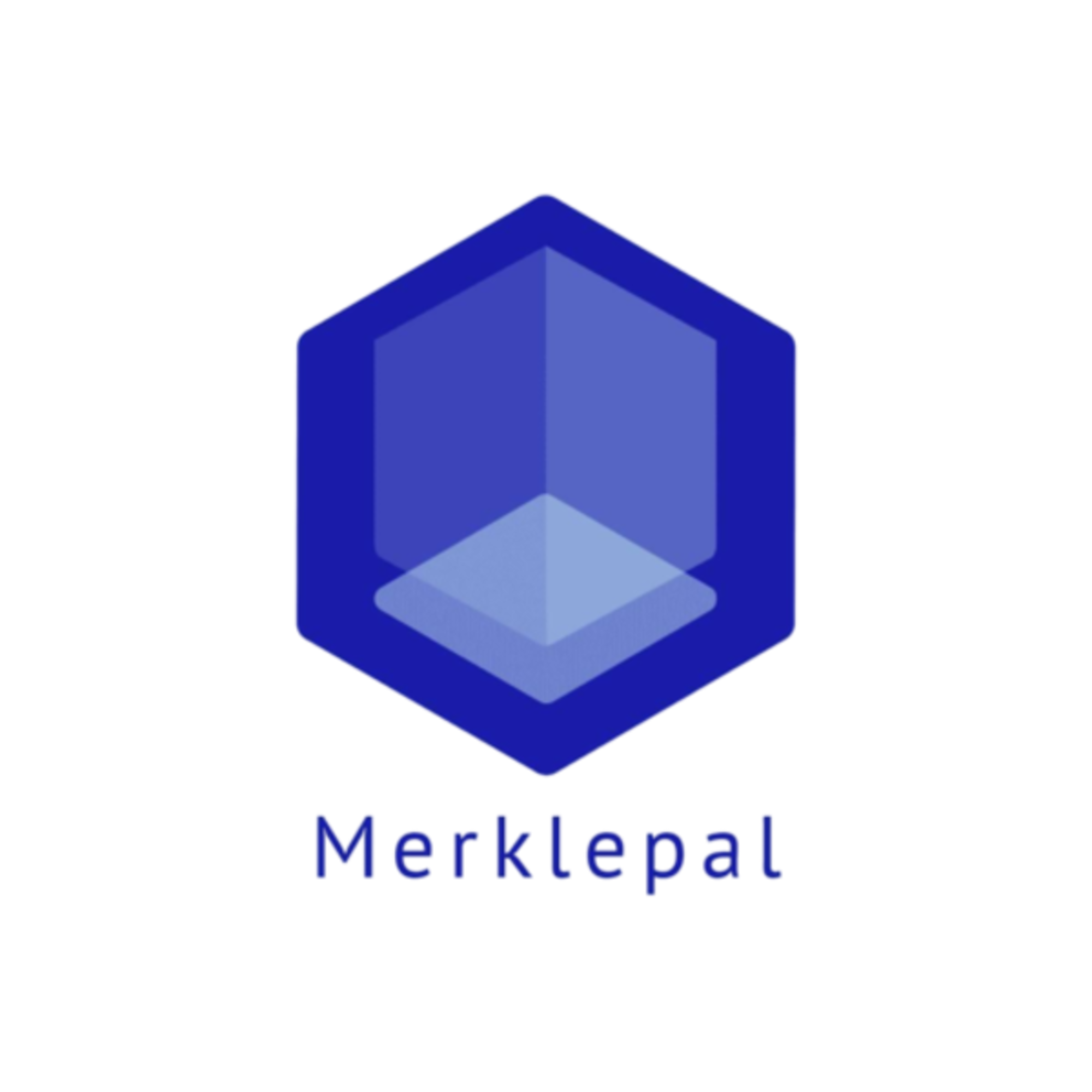Nocturne Unveils v1 on Ethereum Mainnet, Pioneering Private Accounts
The protocol plans to further broaden its compatibility with a wide array of decentralized applications, enabling private user accounts on both Layer 1 and Layer 2 that align with existing Ethereum accounts.

Nocturne, a privacy protocol, has rolled out its v1 iteration on the Ethereum mainnet, revolutionizing transactional privacy for users.
This launch marks a significant advancement in the space, introducing the concept of on-chain private accounts to Ethereum. Nocturne's approach distinguishes itself by embedding privacy directly into the user account layer, functioning akin to a smart contract wallet.
Nocturne v1 is now live on mainnet 🌙 the private vault UI is accessible at https://t.co/bDN4zxs1fH pic.twitter.com/4CaAcilAgY
— Nocturne (@nocturne_xyz) November 15, 2023
In contrast to prevailing blockchain privacy tools that operate independently, Nocturne seamlessly integrates privacy at the account level. Its compatibility extends to various DeFi protocols representing state via output tokens, including Uniswap swap tokens, Aave aTokens, and Compound cTokens. The protocol plans to further broaden its compatibility with a wide array of decentralized applications, enabling private user accounts on both Layer 1 and Layer 2 that align with existing Ethereum accounts.
Luke Tchang, Co-founder, and CEO of Nocturne emphasized a shift in perspective from perceiving privacy as a tool to embedding it directly into account functionality. "Nocturne's v1 launch marks the initiation of this transformative approach," Tchang stated. "Our aim is to ensure secure and confidential transactions for all users, irrespective of scale, thereby fortifying Ethereum's accessibility and fostering secure financial transactions over the internet."
Driven by the conviction that widespread blockchain privacy necessitates seamless integration with the user experience, Nocturne envisions a future where every Ethereum user inherently possesses a private account that mirrors their public one.
Accessible via a dedicated private UI, Nocturne v1 presently offers deposit capabilities, transfers to burner addresses, as well as private swaps and staking. The protocol's roadmap involves transitioning towards a more permissionless framework in subsequent stages.




